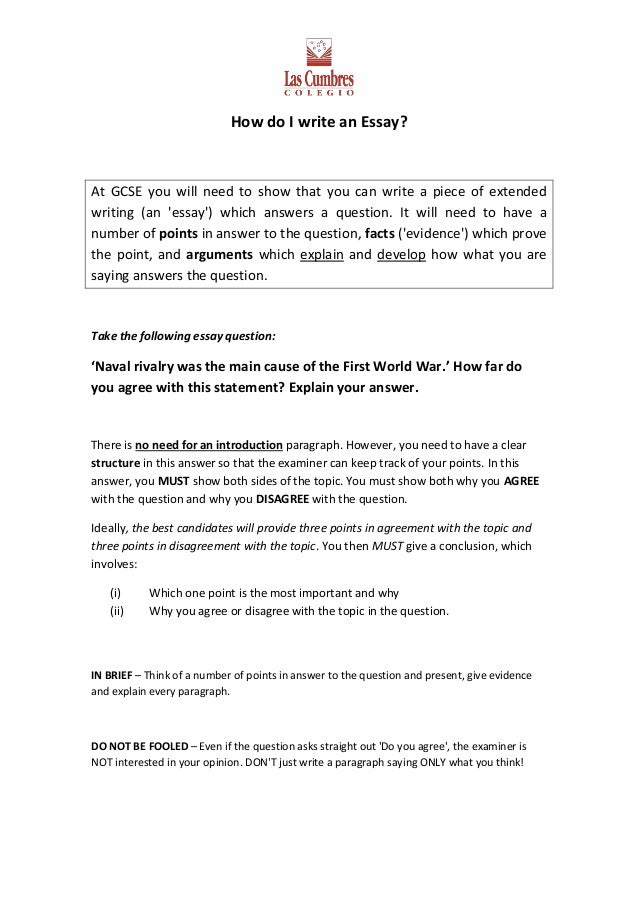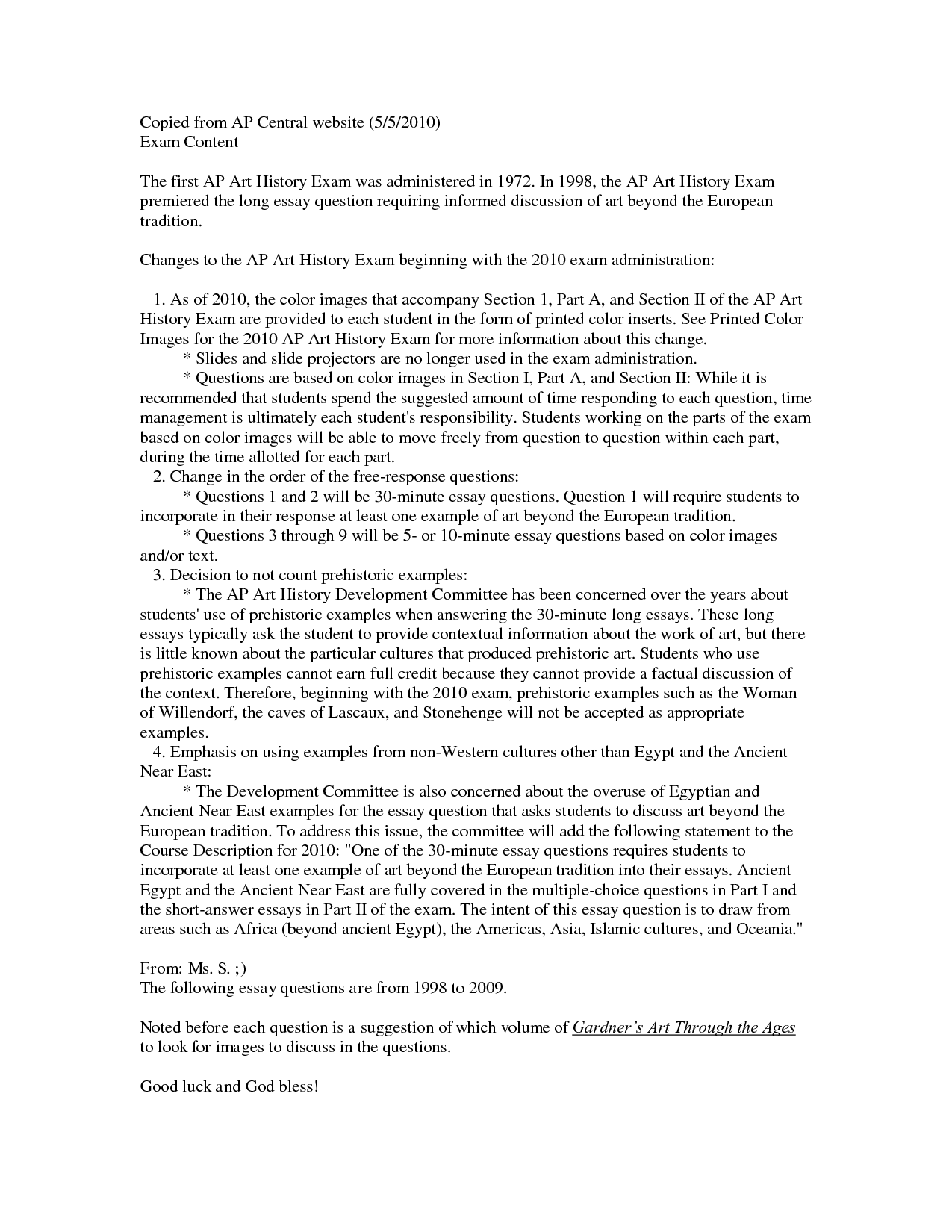
Dec 01, · Write in your journal for 20 minutes at the start of each allocated writing time. Do this even if you don't feel like it or think you don't have anything to say on that day. Allow yourself to type (or handwrite) uncensored, not caring about grammar, punctuation, and so on (a.k.a., Making) History At first glance, writing about history can seem like an overwhelming task. History’s subject matter is immense, encompassing all of human affairs in the recorded past — up until the moment, that is, that you started reading this guide. Because no one person can possibly consult all of these records, no work of File Size: 81KB May 17, · Thesis Statements. 1. A successful thesis statement makes an historical argument. It does not announce the topic of your paper or simply restate the paper prompt. 2. A succesful thesis statement takes a position that requires defending. Your argument should not be an obvious or irrefutable
History Thesis Topics: List of 57 Outstanding Ideas
Liena Vayzman Dec 1, You have a stack of research materials, a nebulous yet promising topic, how to write your dissertation history, and a looming deadline. Now, how do you actually write? In my work as a dissertation coach and academic writing consultant, I am often asked for concrete strategies for writing.
How to transform ideas into writing? How to finish that dissertation, book, or article? And how to stay motivated and sane during the writing process?
I have found that the best recipe for sustained intellectual productivity is a mix of structured writing practices, time management strategies, and holistic lifestyle support.
Here are eight how to write your dissertation history strategies for focused, sustained writing—ways to create the space and structure to shepherd unarticulated ideas into a cogently written argument. While targeted at the dissertation writer, this advice can be used by graduate students drafting their proposal, junior faculty members rewriting the dissertation into a book, and scholars working on articles. Regardless of the type of project, healthy writing strategies—as opposed to staying-up-all-night marathons—are crucial.
My hope is that these strategies also help advisers to support their PhD students through the nuts and bolts of the writing process. Set up a writing schedule. Use a paper or electronic calendar to block out the times you will reserve specifically for this writing project. Treat each writing timeslot as an appointment with yourself. It is helpful to enforce strict start-and-stop times. Use a timer to break down your allocated two hours, for example, into three minute writing sessions.
Such short intense bursts of writing will be more productive than spreading your work over long unplanned days. You write more in less time because you have allocated less time to work and thus must prioritize tasks and distill information. Think standardized test essay—you have 20 minutes: write! If you are afflicted by writer's block, the problem could be trying to write at the wrong time for you—in the afternoon, for instance, when the body's biorhythms make energy wane.
Try an hour first thing in the morning. The operative strategy here is shorter writing times coupled with commitment to a regular writing schedule. Over days and weeks, you will achieve momentum and a healthy addiction to the writing process.
Create a dedicated workspace. This space can be a library carrel, your department office, home office, café, or dining room table—wherever you find you write best.
Call it your dissertation hut, article area, or book completion zone. If your current setup has too many distractions TV, noise, unplanned visits from students or is leading you to procrastination opening mail, surfing the internetradically change your workspace. Disable the internet. Leave the house. Clear out a fresh space in your office.
Find a quieter café. Go to a corner of the library no one uses, how to write your dissertation history. My suggestion is to put in your workspace only the materials you need for this particular project. For some, this will mean a major cleaning up! Stash anything not related to the project at hand—such as teaching materials—in another area allocated for that purpose.
You don't need stacks of ungraded papers on the same surface as your dissertation research. In effect, drawing on ritual theory, I suggest you consecrate a sacred space for the act of writing. The space and its function became how to write your dissertation history entwined, how to write your dissertation history, focusing your attention.
Write daily in a dissertation journal. Keeping a daily or regular journal about your thoughts, questions, leads, frustrations, and challenges is invaluable. Generate ideas, try out organization methods, and process the writing experience in a text separate from the draft you are working on. Your journal can be a computer document, so that you can mine it for gems later, copying and pasting rough draft ideas in new documents to develop into drafts.
Write in your journal for 20 minutes at the start of each allocated writing time. Do this even if you don't feel like it or think you don't have anything to say on that day. Allow yourself to type or handwrite uncensored, not caring about grammar, punctuation, and so on. This is zero draft writing, a way to dump your ideas to sift and shape later. Articulate inklings of ideas and explore ambivalence or fears about the dissertation process itself.
Slowly, you can channel these journal writing sessions into focused freewriting on an aspect of your topic. Nobody simply sits down and writes an article or a chapter from start to finish. Brainstorming comes first, and daily journaling about your project is the structure you use to generate ideas you will organize later.
Distill your argument into a single sentence. What is your central thesis? Write it out in one sentence. This simple yet challenging writing assignment forces you to distill your many complex ideas into a single thesis statement.
It may take you a minute or weeks, depending on where you are in the writing process. The next step is to figure out how to arrange your archival and secondary evidence to support this argument.
Distilling your argument into a single sentence gives you a destination as you map the writing journey. Visualize your ideas. To visualize the organization or how to write your dissertation history of your argument, use "visual mapping. To do this, take a big sheet how to write your dissertation history paper or wipe-off board—or go retro by using a blackboard if you can find one.
Write the argument or topic idea in a circle, like the center of a wheel, then write related ideas in the spokes radiating outward. Add subspokes, connect ideas with lines, underline important points. Then challenge yourself to write out in linear form the ideas you have identified as a way to move toward an outline. Another way to visualize your ideas is to print out all your journaling and lay it out on a flat surface, then use different colored highlighters to identify shared idea clusters.
These idea clusters can become topic sentences or bullet points in an outline as you experiment with ways to organize ideas. Fuel your mind with exercise, nutrition, hydration, and sleep. Stress reduction strategies should be a priority during times of intense mental work. If you have a movement practice already—running, weight training at the gym, yoga—keep it up. Don't skimp on exercise when working toward a deadline. If you don't exercise, start.
From a time management perspective, it's better to schedule exercise into your overall schedule than to overwork and lose entire days to stress or illness. Take regular walks with a friend, sign up for a yoga or tai chi class, train for a 5K. Exercise boosts oxygen flow to how to write your dissertation history brain, reduces stresses, and increases alertness. During your work sessions, take breaks to rest your eyes and stretch your hands, arms, how to write your dissertation history, shoulders, neck, and back.
If you can, take brisk minute walks outside, using your eyes to focus on items in the distance to counteract the stress of focusing on the computer screen or text on a page. Similarly, fuel your mind with superior nutrition. Minimize white sugar, white flour products, and maximize whole grains, fresh vegetables, and high-quality protein.
It's important to eat regularly, and to have a healthy breakfast daily. Bring snacks such as raw nuts and dried fruit to your workspace. Hydration is important; fatigue is often the sign of dehydration. Keep drinking water, how to write your dissertation history.
Minimize your reliance on coffee and opt instead for green tea, fresh air, and exercise to create natural energy and a focused mind.
Finally, a healthy sleeping schedule is key to clear thinking and high energy for intellectual pursuits. Avoid staying up late to write, and instead maintain a regular writing schedule. Cultivate community. Talk out your ideas with others and solicit feedback regularly. Thinking is a social act. Too many academic writers work in isolation. Fight isolation by creating community: reach out to friends, colleagues, mentors, and support groups.
Despite the myth of the lone-wolf academic, isolation is deadly to sustained intellectual productivity. Have other people read your work regularly, how to write your dissertation history, even especially at the early stages. To create community and accountability, join or initiate a writing group or dissertation support group. Balance time alone writing with social time with friends, e-mail exchanges with colleagues, participation in academic conferences, and other ways of talking about your writing and giving feedback to others on their projects.
Spend as much time rewriting, editing, and rethinking as you do drafting, how to write your dissertation history. You do not need to have correct grammar, how to write your dissertation history, perfect spelling, or even full sentences in the drafting phase.
It's OK to write raw material at the start: at this stage, writing is thinking. It's messy, unformed, and rich with potential. Later, allocate time to edit your work, profiting from a time gap between drafting and revision and incorporating feedback you have received from readers.
How to Write the Background of the Study in Research (Part 1). See Links Below for Parts 2, 3, and 4
, time: 3:413 ways to write a history dissertation chapter – Rachel Grace Newman

(a.k.a., Making) History At first glance, writing about history can seem like an overwhelming task. History’s subject matter is immense, encompassing all of human affairs in the recorded past — up until the moment, that is, that you started reading this guide. Because no one person can possibly consult all of these records, no work of File Size: 81KB May 17, · Thesis Statements. 1. A successful thesis statement makes an historical argument. It does not announce the topic of your paper or simply restate the paper prompt. 2. A succesful thesis statement takes a position that requires defending. Your argument should not be an obvious or irrefutable Dec 01, · Write in your journal for 20 minutes at the start of each allocated writing time. Do this even if you don't feel like it or think you don't have anything to say on that day. Allow yourself to type (or handwrite) uncensored, not caring about grammar, punctuation, and so on
No comments:
Post a Comment